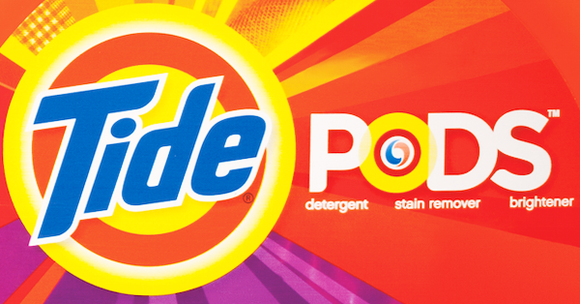Procter & Gamble Co. Earnings: What to Watch on Friday
Procter & Gamble (NYSE: PG) will announce its fiscal first-quarter results before the market opens on Friday, Oct. 20. Here's what investors will be looking for in the consumer goods giant's operating update.
Organic growth pace
As usual, all eyes will be on P&G's organic sales growth rate as Wall Street hunts for evidence that market trends are improving at the pace management has projected. Overall growth is targeted to speed up to a 2.5% rate in fiscal 2018, which would mark the second straight year of accelerating gains.

That result wouldn't translate into robust market share improvements, even though the broader industry is holding roughly flat. Unilever (NYSE: UL), for perspective, is growing by about 4% these days while Kimberly-Clark (NYSE: KMB) has seen its organic sales gains slow to near zero. Thus, a 2.5% growth pace, while showing progress toward a full recovery, would still imply more work ahead for P&G.
Investors will be looking for a healthy mix of price increases and volume gains to drive P&G's organic growth results. And as far as individual brands go, the focus will be on the Gillette shaving franchise. That division managed growth last quarter in the core U.S. market for the first time in two years, and we'll find out this week whether those gains were just a temporary side effect of decreased prices for razors and blades.
Costs and profitability
You might think P&G has already squeezed out all of the efficiency it can get from its cost-cutting initiatives. Since 2012, after all, it has saved $10 billion by making its manufacturing, marketing, and distribution operations leaner.
Yet CEO David Taylor and his team believe they can remove a further $10 billion from costs in the five fiscal years ended in 2021. The savings will come from big areas, like a supply chain reorganization, and from small ones that include packaging shifts and increased use of automation in the manufacturing process.
The cuts should push core profitability higher this quarter to keep P&G far ahead of rivals. So far, they've helped push operating margin up by 3 percentage points since 2012 to about 22% of sales. Kimberly-Clark and Unilever are well behind that result.
Cash flow and returns
P&G routinely converts most of its earnings into free cash flow that can be invested back into the business or returned to shareholders. In the past 12 months, for example, the company beat its goal of 90% cash flow productivity to stop at 94%.
That success has given management plenty of cash to fund a rising dividend payment and surging stock buyback spending. P&G's aggressive capital return plan peaked at $22 billion last year but should still reach close to $20 billion in fiscal 2018.
The direct returns have picked up much of the slack for investors from stubbornly weak sales growth that has seen Procter & Gamble's market share position slip in each of the last two fiscal years. Those positive overall returns likely helped management beat back a proxy challenge from activist investor Nelson Peltz, who was arguing for a dramatic shift in the company's strategy.
P&G won't be looking to face another shareholder revolt like that again. And the best way it can keep investors happy is to show that its turnaround plan is resulting in faster, more profitable sales growth.
More From The Motley Fool
Why You're Smart to Buy Shopify Inc. (US) -- Despite Citron's Report
6 Years Later, 6 Charts That Show How Far Apple, Inc. Has Come Since Steve Jobs' Passing
Demitrios Kalogeropoulos has no position in any of the stocks mentioned. The Motley Fool recommends Unilever. The Motley Fool has a disclosure policy.

 Yahoo Finance
Yahoo Finance 
